CUDA Cores are the NVIDIA GPU equivalent of CPU Cores that can run multiple calculations at the same time, an important feature when playing a graphics-intensive game.
NVIDIA has been at the frontline of cutting-edge computer graphics technology for years. Its latest innovation is the CUDA Core. This powerful technology allows for faster and more efficient graphics processing for games and other apps.
These cores are a crucial part of NVIDIA’s graphics processing units (GPUs) and have become increasingly important in the gaming industry.
In this blog post, we’ll discuss NVIDIA CUDA Cores Meaning are and how they can improve your gaming experience.
What Are NVIDIA CUDA Cores?
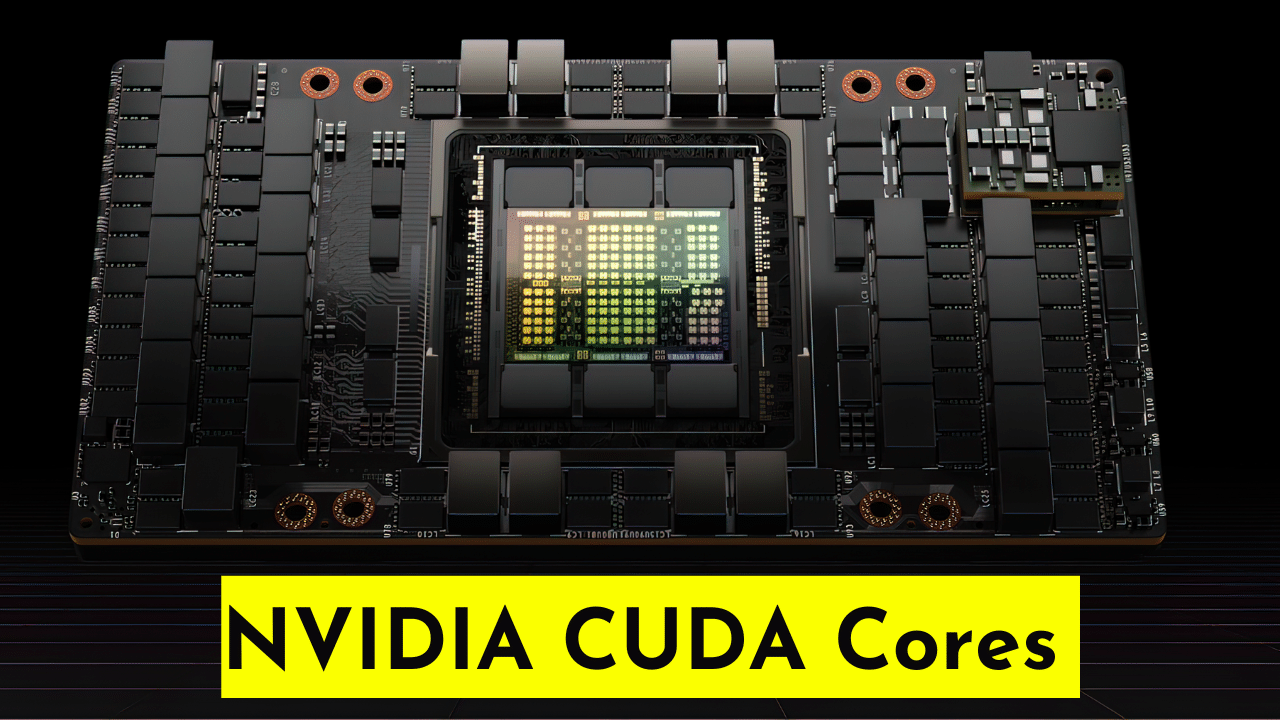
NVIDIA cores are specialized Cores designed by NVIDIA to carry out a range of tasks related to graphics processing. They are found in both NVIDIA GeForce and NVIDIA Quadro GPUs, with the former being used for gaming and the latter for professional graphics applications.
CUDA Cores are similar to Stream Processors used by AMD GPUs, and they enable powerful parallel computing capabilities.
NVIDIA’s GPU’s performance can be measured by its number of cores. As well as its VRAM (video RAM).
More CUDA Cores mean a higher number of calculations and operations can be carried out at once, resulting in better benchmark cores when playing games.
As an example, modern NVIDIA GeForce graphics cards can have thousands of cores, compared to a few hundred Stream Processors found on AMD GPUs.
Related Reading
- How To Use Nvidia Image Scaling To Improve Your Gaming Experience?
- How to switch from AMD to Nvidia graphics card?
- How to Clean Your GPU?
How Do CUDA Cores Work?
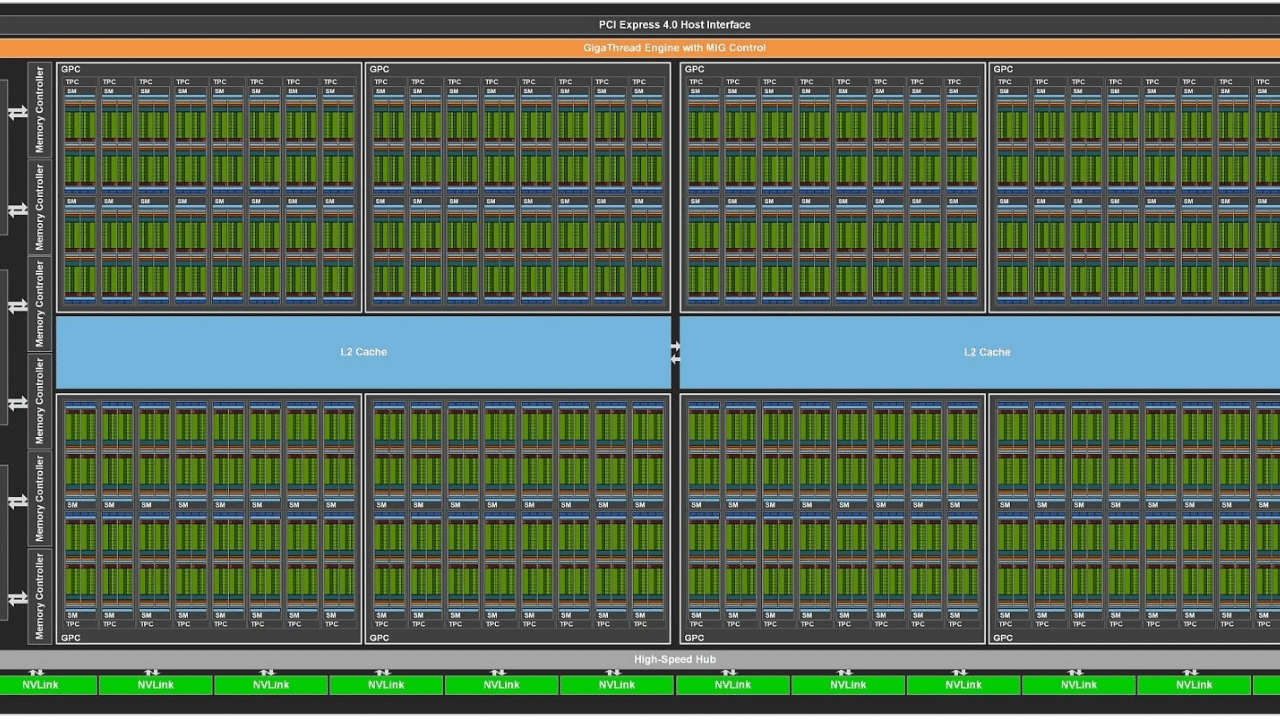
Underneath the hood, CUDA Cores work using the Compute Unified Device Architecture (CUDA). It allows them to quickly process data in parallel.
This makes them excellent for graphics processing and gaming, where complicated 3D objects need to be created and rendered.
It also means that GPUs can be used for general-purpose computing, such as AI, machine learning, scientific simulation and more.
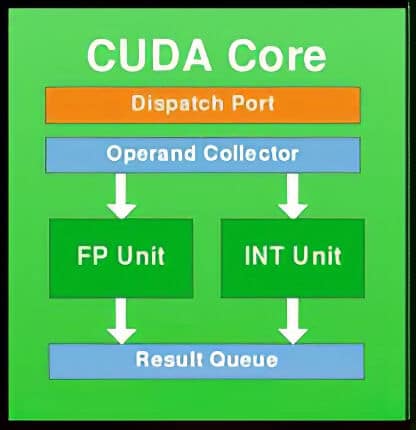
In short, NVIDIA CUDA Cores are essential for powering today’s cutting-edge GPUs from NVIDIA. They allow GPUs to process data faster than CPUs and provide smooth experiences, even on high-end titles.
With thousands of cores available on modern NVIDIA GPUs, both gamers and professionals can enjoy greater graphics processing power than ever before.
Related Reading: What is a Discrete Graphics Card and How It Can Benefit Your Computer?
How Do CUDA Cores Improve Gaming Performance?

CUDA Cores are an essential part of NVIDIA GPUs, which are used to power the world’s most powerful video cards. They provide the processing power necessary for intense graphical tasks such as gaming, 3D rendering, and other compute-intensive applications.
When it comes to gaming, the number of cores can drastically improve your experience. A higher number of CUDA Cores gives your video card more computing power to handle high-resolution textures, advanced lighting effects, and complex geometry.
The more CUDA Cores you have, the smoother and more responsive your experience will be. To get the most out of your gaming experience, you’ll want to look at both AMD and NVIDIA GPUs to find the one with the highest number of CUDA Cores that fits your budget.
The extra computing power provided by these CUDA Cores can greatly improve your performance and help you get the most out of your graphics processing unit.
What’s The Difference Between CUDA Cores and Stream Processors?
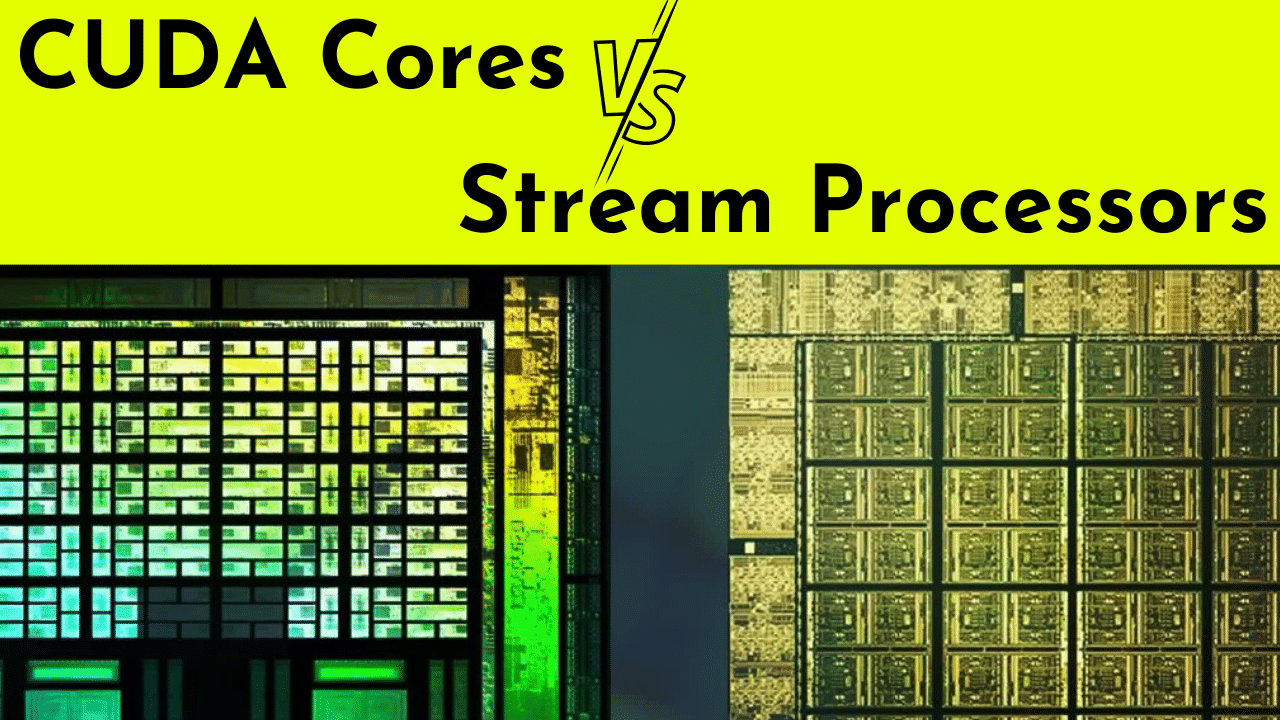
When shopping for a display card, you’ll often come across the term CUDA Cores. These Cores are the virtual processor Cores on an NVIDIA GPU, similar to the stream processors on an AMD GPU.
It can be tempting to compare CUDA Cores with stream processors. But they are not interchangeable. They each offer different advantages depending on the task.
NVIDIA CUDA Cores are designed to provide increased performance when performing graphical processing. On the other side, stream processors are optimized for parallel computing tasks.
While both NVIDIA graphics and AMD GPUs use thousands of Cores. Their individual structures and capabilities differ significantly.
AMD GPUs use stream processors while NVIDIA GPUs use CUDA Cores.
The number of CUDA Cores in a given NVIDIA GPU will usually be higher than the number of stream processors in a comparable AMD GPU.
For example, NVIDIA’s RTX 3080 has 8960 / 8704 CUDA Cores compared to AMD’s Radeon RX 6800 XT with 4,608 stream processors.
This does not necessarily mean that one is better than the other; rather it depends on what kind of tasks you plan on running and which GPU best fits your needs.
To conclude, it is important to understand the difference between CUDA Cores and stream processors so that you can make an informed decision when purchasing a graphics card.
While the count of CUDA Cores do you need in an NVIDIA GPU is generally higher than the number of stream processors in an AMD GPU, it does not necessarily mean that one is better than the other.
Ultimately, it comes down to what tasks you plan on running and which GPU best fits your needs.
Related Reading:
- test
- GPT-4: how to use the AI chatbot that puts ChatGPT to shame
- 6 AI Shopping Assistant Tools To Help You Shop Wisely
Conclusion: Are NVIDIA CUDA Cores Worth It?
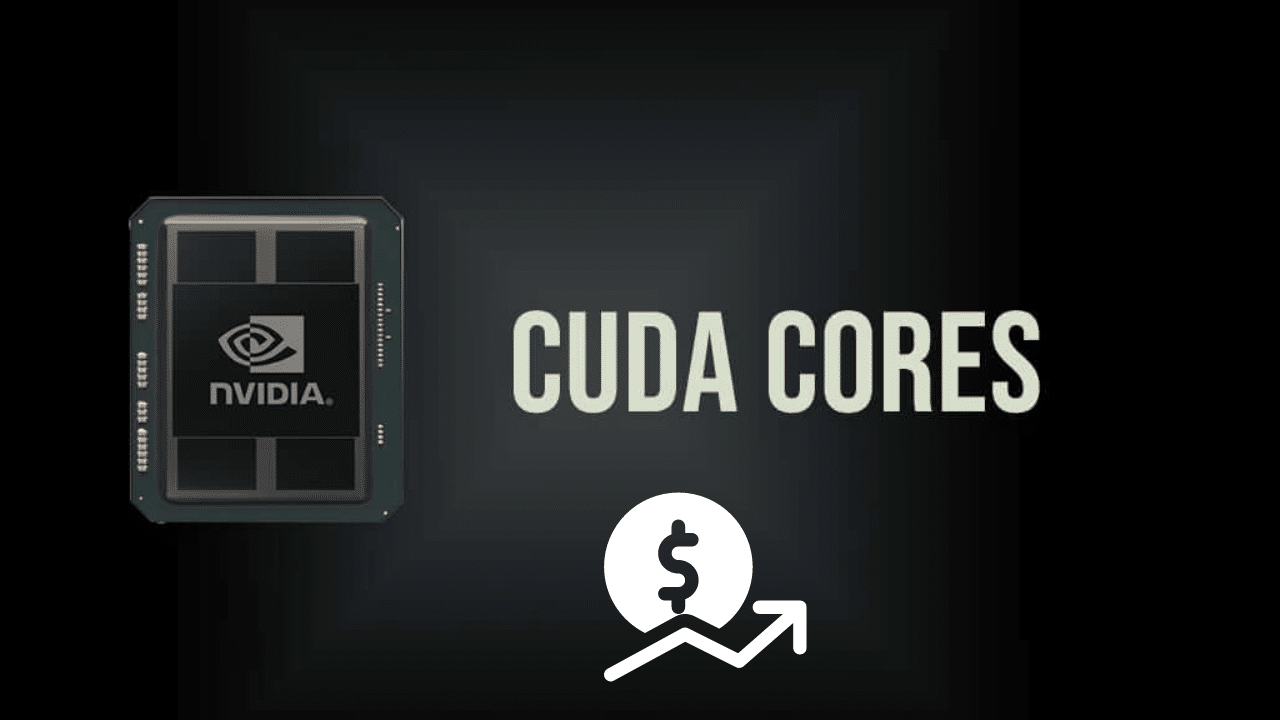
When it comes to choosing a graphics card, the count of CUDA Cores is an important factor to consider.
NVIDIA CUDA Cores are special stream processors that allow for parallel computing, allowing graphics processing to be completed much faster than with traditional processors.
NVIDIA Graphics cards also benefit from the Compute Unified Device Architecture (CUDA), which helps them take advantage of thousands of CUDA Cores.
Generally speaking, many CUDA Cores, the better performance you will get from your graphics card. This is especially true if you’re comparing two similar models from AMD and NVIDIA.
Ultimately, if you’re looking for a powerful graphics card that can handle high-end games and other graphics-intensive tasks, then you should definitely consider a GPU with thousands of CUDA Cores.
However, this will come at a cost. So you’ll need to weigh up your budget against the features and performance you want from your GPU.
